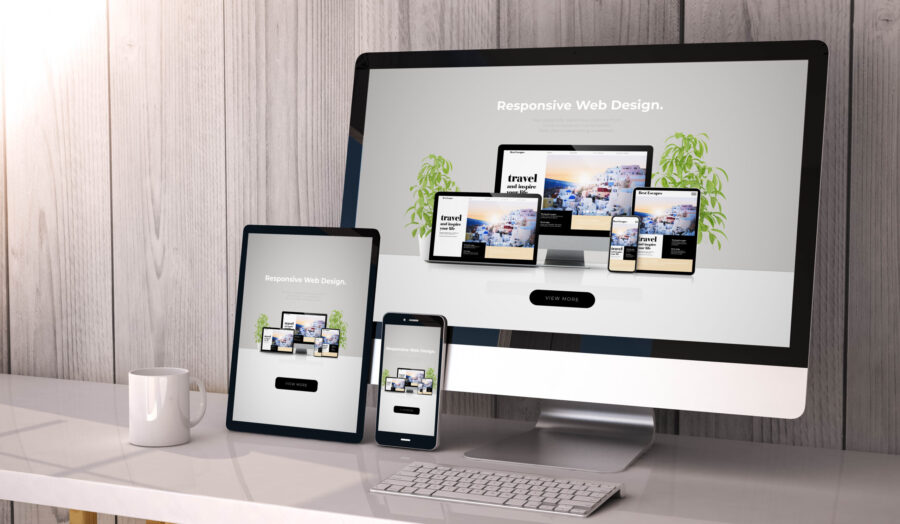WordPress is a powerful platform for building websites, but with great power comes great responsibility. It is important to follow some key principles to create a website that is not only visually appealing but also functional and user-friendly. Here are some do’s and don’ts of WordPress website design:
Do’s:
- Choose the Right Theme: Your WordPress theme is the foundation of your website’s design. Choose a theme that aligns with your brand’s aesthetic, is responsive (mobile-friendly), and offers the customization options you need. Make sure the theme is regularly updated and supported by its developers.
- Prioritize User Experience (UX): A website that is easy to navigate and use will keep visitors engaged. Focus on creating a clean, intuitive layout with clear navigation menus, and ensure that your content is easy to read and access. Consider the user journey and make sure that important information is easy to find.
- Optimize for SEO: Search engine optimization (SEO) is crucial for driving traffic to your website. Use SEO plugins to optimize your content, meta descriptions, and images. Ensure that your website loads quickly and is mobile-friendly, as these factors can impact your search engine rankings.
- Use High-Quality Images and Videos: Visual content is a key component of web design. Use high-quality images and videos that are relevant to your brand and enhance the user experience. Optimize your media files for faster loading times. Use responsive design to ensure they display correctly on all devices.
- Regularly Update Plugins and Themes: Keeping your WordPress plugins and themes up to date is essential for security and performance. Regular updates can fix bugs, improve functionality, and protect your site from vulnerabilities. Make sure to back up your site before performing updates.
Don’ts:
- Avoid Overloading with Plugins: While plugins can add valuable functionality to your site, too many can slow it down and create security risks. Only install plugins that are essential to your site’s operation, and regularly audit and remove any that are no longer needed.
- Don’t Use Complex Navigation: Complex or confusing navigation can frustrate users and lead to higher bounce rates. Keep your navigation simple and intuitive, with clear labels and a logical structure. Use dropdown menus sparingly, and ensure all important pages are easily accessible.
- Avoid Cluttered Design: A cluttered website with too much content or too many design elements can overwhelm visitors and detract from your message. Focus on creating a clean, minimalist design highlighting your most important content and providing plenty of white space for a balanced look.
- Don’t Ignore Mobile Optimization: With more people browsing the web on mobile devices than ever before, it’s essential to ensure your site is mobile-friendly. Use responsive design to adapt your site’s layout to different screen sizes. Test your site on multiple devices to ensure it looks and functions well on all of them.
- Don’t Neglect Security: Security should be taken very seriously. Use strong passwords, install security plugins, keep your backend modules current, and regularly back up your site. Consider using two-factor authentication for added protection.



